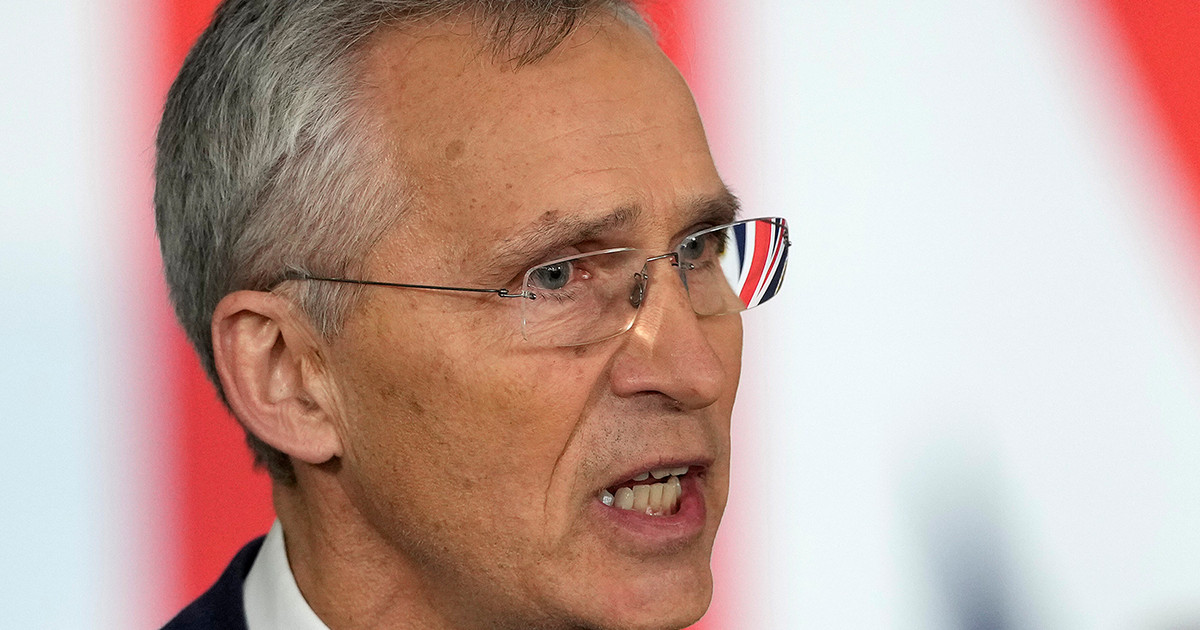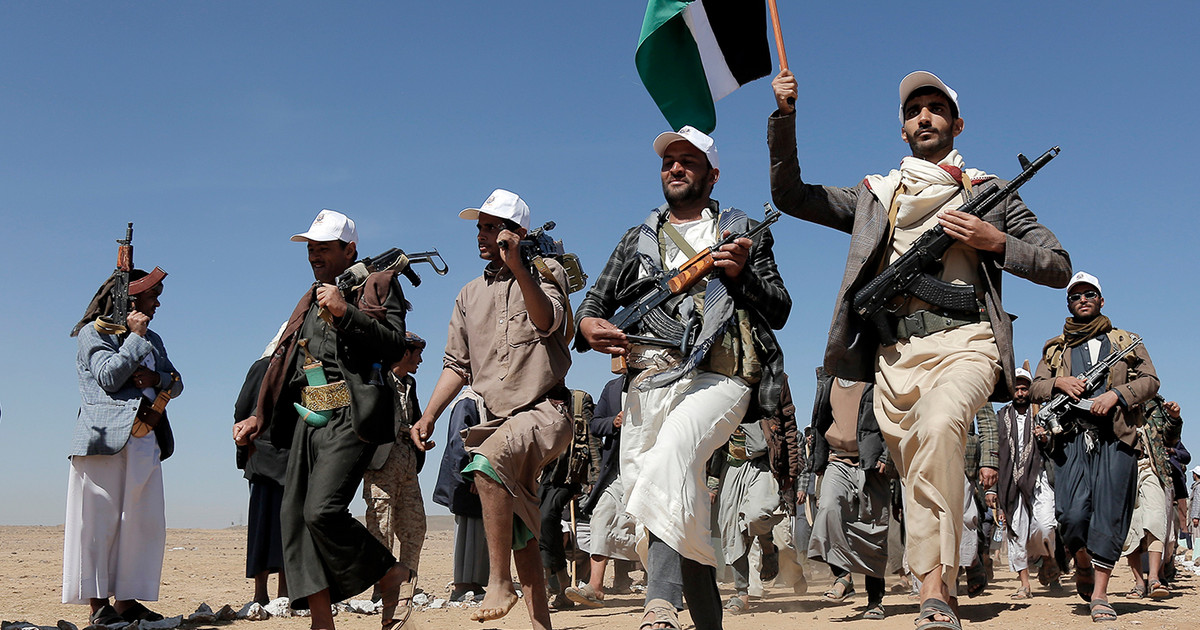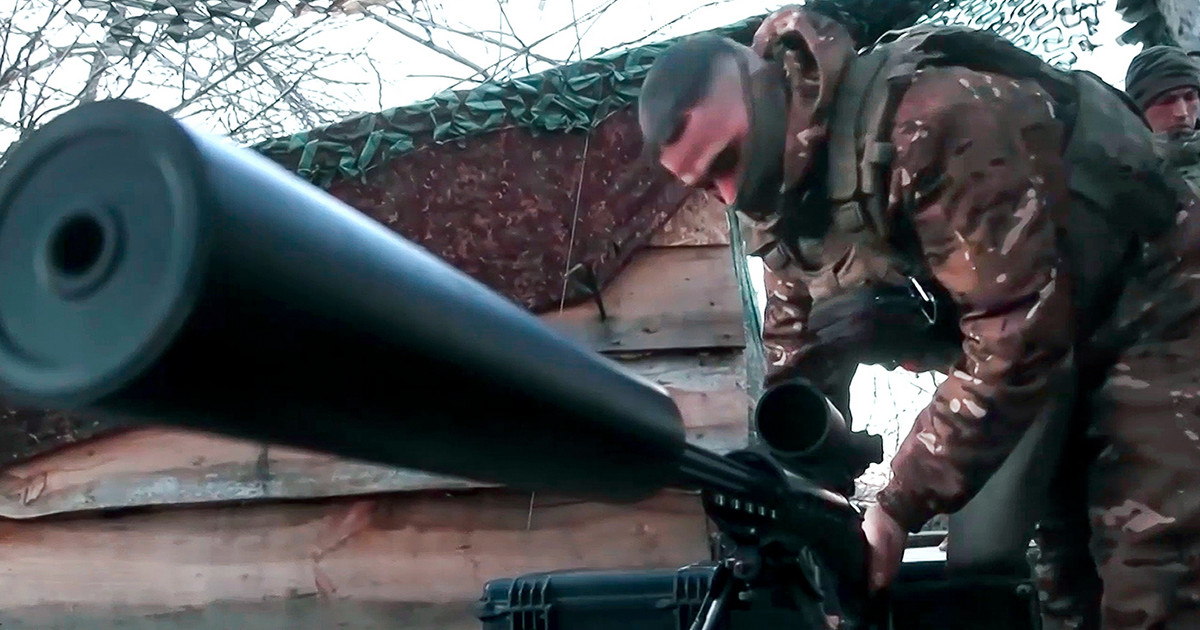Elon Musk’s rocket company SpaceX is set to launch the International Space Station’s next long-lived crew into orbit on Wednesday, with a Russian cosmonaut piggybacking on two Americans and a Japanese astronaut as part of the mission.
SpaceX’s launch vehicle, consisting of a Falcon 9 rocket with a Crew Dragon capsule dubbed Endurance, was scheduled to take off at noon from NASA’s Kennedy Space Center in Cape Canaveral, Florida, United States.
The four-member crew is due to arrive at the International Space Station (ISS) about 29 hours later on Thursday night to begin a 150-day science mission aboard the orbiting laboratory some 420 km above Earth.
The mission, designated Crew-5, marks the fifth full-fledged ISS crew that NASA has flown aboard a SpaceX vehicle since the private rocket venture founded by Tesla owner Musk began sending U.S. astronauts in May. of 2020.
“All the spacecraft systems are working,” SpaceX commentator Kate Tice said during a NASA live webcast of pre-flight activities about three hours before launch, adding that “everything is looking good for the weather right now.” ”.
The astronauts had just emerged from the space center operations building dressed in their white and black helmeted spacesuits to wave to well-wishers and say goodbye to loved ones before being taken to the launch pad a few miles away.
The latest team is being led by Nicole Aunapu Mann, 45, a veteran fighter pilot who makes spaceflight history as the first indigenous woman sent into orbit by NASA and the first woman to assume the post of commander of a SpaceX Crew Dragon. .
The Crew-5 mission is also notable for the inclusion of Anna Kikina, 38, the only female cosmonaut in active service for the Russian space agency Roscosmos, making a rare flight aboard an American spacecraft despite tensions between Russia and the United States. States about the war in Ukraine. The last cosmonaut to mount a US rocket into orbit was in 2002 on a NASA space shuttle.
From Russia, with love
Kikina is essentially swapping seats with a NASA astronaut who took her seat aboard a Russian Soyuz flight to the ISS last month under a new ride-sharing agreement signed by NASA and Roscosmos in July.
Commander Mann, a colonel in the US Marine Corps and a fighter pilot who has flown combat missions in Iraq and Afghanistan, has a master’s degree in engineering specializing in fluid mechanics. She is also among the first group of 18 astronauts selected for NASA’s upcoming Artemis missions, intended to return humans to the Moon later this decade, more than half a century after the Apollo lunar program ended.
As a registered member of the Wailacki of the Round Valley Indian Tribes, Mann will become the first Native American woman to fly into space. The only other Native American launched into orbit was John Herrington, who flew a space shuttle mission in 2002.
The pilot assigned to Wednesday’s launch is Mann’s astronaut classmate and fellow spaceflight rookie Josh Cassada, 49, a US Navy aviator and test pilot with a doctorate in high-energy particle physics.
Rounding out the crew of the Japanese space agency JAXA is veteran astronaut Koichi Wakata, 59, a robotics expert on his fifth trip to space.
The Crew-5 team will be greeted by seven existing ISS occupants — the Crew-4 team consisting of three Americans and an Italian astronaut — as well as two Russians and the NASA astronaut who flew with them to orbit on a Soyuz flight.
The newcomers are tasked with conducting more than 200 experiments, many of them focused on medical research ranging from 3-D “bioprinting” of human tissue to studying bacteria grown in microgravity.
The ISS, the length of a football field and the largest man-made object in space, has been continuously occupied since November 2000, operated by a US-Russia-led consortium that includes Canada, Japan and 11 European countries.
The outpost was born in part to improve relations between Washington and Moscow after the collapse of the Soviet Union and the end of the Cold War rivalries that spurred the original US-Soviet space race.
NASA-Roscosmos cooperation has been tested like never before since Russia invaded Ukraine in February, prompting the United States to impose sweeping sanctions against Moscow.
During a press conference with NASA and SpaceX on Monday, a senior Roscosmos official, Sergei Krikalev, said his agency has Moscow’s approval to continue with the ISS until 2024 and hopes to secure “permission” from the Kremlin to do so. extend the partnership even further, until Russia builds a new space station.
NASA hopes to keep the ISS running with its existing partners until approximately 2030.
Source: CNN Brasil
I’m James Harper, a highly experienced and accomplished news writer for World Stock Market. I have been writing in the Politics section of the website for over five years, providing readers with up-to-date and insightful information about current events in politics. My work is widely read and respected by many industry professionals as well as laymen.





